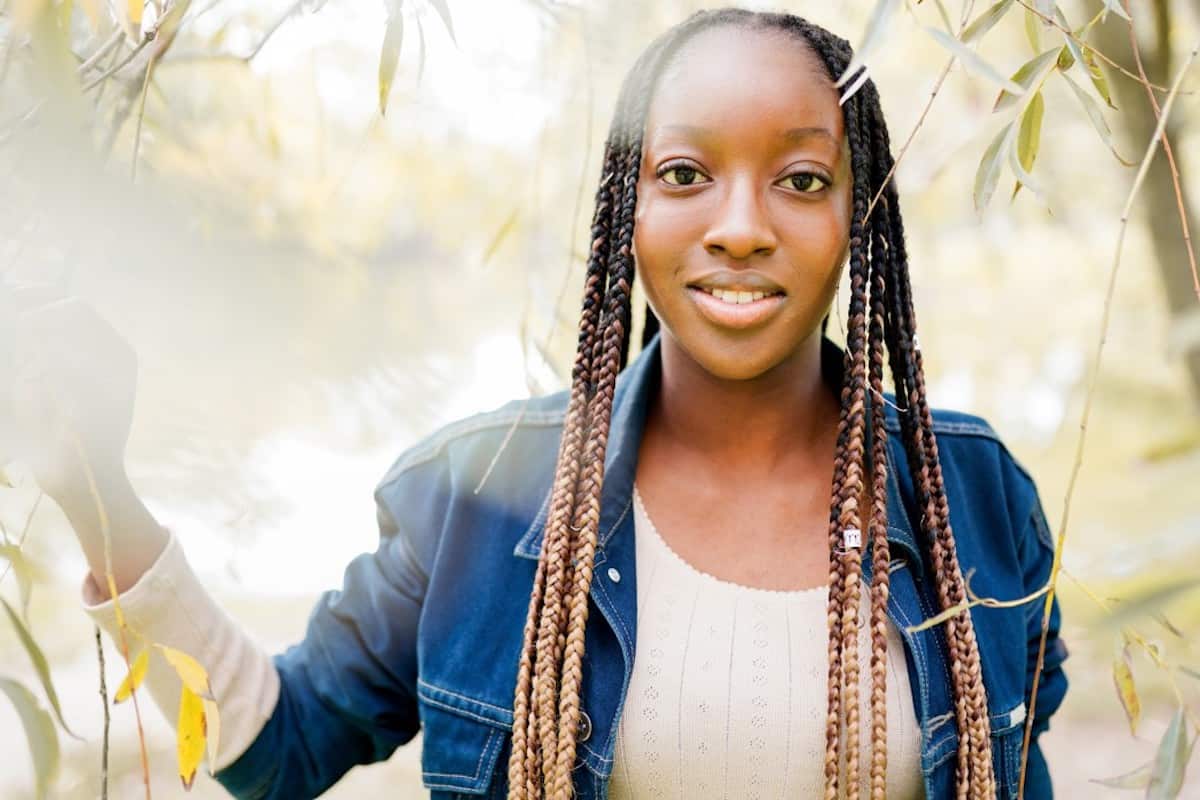I know what it is to try to coax a smile from a daughter who’s forgotten how to laugh. I’ve lingered at my son’s bedroom door, hesitant to leave, worried that the stress might be too much for him. I’ve sensed the space between the child I know and the carefully constructed image they’ve spun out into the world. I’ve felt the panicked urgency and terrifying helplessness of watching a child struggle with anxiety or dark thoughts.
I just never realized how many other parents have felt the same exact thing.
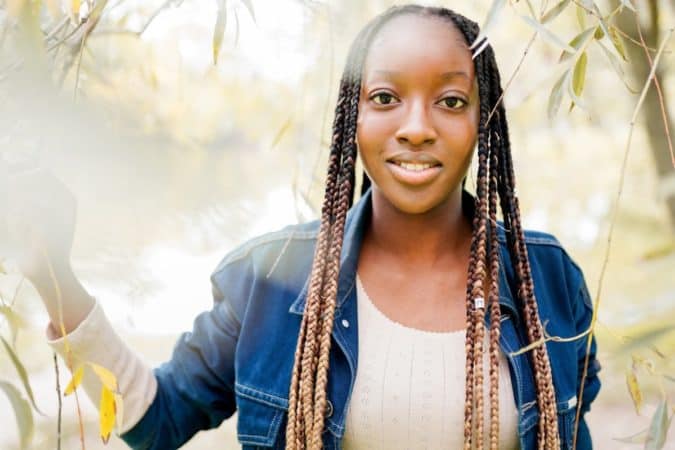
Our teens are feeling sadder and more hopeless than ever before
Last month, the CDC released its Youth Risk Behavior Survey Data Summary & Trends Report: 2011-2021 which reports the most recent data, as well as ten-year trends, on how our high schoolers are doing in terms of health and well-being. The results, I’m sorry to say, were not good. Especially for our girls.
The Report found that, in the past year, forty percent of all high school students – boys and girls – felt so sad or hopeless that they could not engage in their regular activities for at least two weeks. But girls felt worse. Twice as many girls as boys – a full 60% – reported persistent feelings of sadness or hopelessness during the past year, a 57% increase from 2011. Nearly 30% considered suicide, up almost 60% from a decade ago. And they’re drinking more. Alcohol use is now higher among girls than boys.
Among LGBQ+ students the numbers are even more horrifying. Close to 70% of them were feeling persistent sadness or hopelessness and almost 25% had actually attempted suicide during the past year.
We can’t pass those feelings off as a result of the pandemic
I’m sure COVID was a factor contributing to all the darkness engulfing our teens. They were isolated during a period of their lives when connection is everything. Many may have lost someone to the pandemic. The news pouring in from around the country and across the world and all over the planet has been and continues to be bleak.
But we can’t lay all these findings at COVID’s feet. They were collected in the fall of 2021, when we had vaccines and most schools and coffee shops and sporting events and movie theaters and other teen hangouts were back in business.
Plus, don’t we all have a sense this has been building for a while? Haven’t we all seen our girls dim in the glow of social media, become nervous and self-critical, afraid to disconnect but struggling to make any meaningful connections at all? Does it even really matter why they’re feeling the way they do? More than half of them are feeling sad and even hopeless. We need to do something.
There is an urgent need to help our teens build a sense of well-being
The report addressed teens, but my concern isn’t limited to high school girls. I find it difficult to believe happy, healthy 8th graders step off a cliff in September of 9th grade. I’m equally skeptical that they leave all these woes behind when they arrive on a college campus.
The CDC is calling on schools to step into the breach, which makes sense theoretically. But it seems to me that many schools are already stretched to the breaking point, chronically underfunded, hemorrhaging staff, their boards mired in conflict. Plus I’m not willing to wait for schools to find the will and the money and the programs and the teachers to help our kids feel better.
Fortunately, neither is Laurie Santos. Dr. Santos is a cognitive scientist and Professor of Psychology at Yale University. She is particularly fond of happiness and she is particularly knowledgeable about how to cultivate it. Turns out she’s also a pretty damn generous person.
In 2018, confronted by the depression, anxiety, and stress her students battled, Santos decided to offer a class on happiness, focusing on questions like “what does science show really makes us happy?” and “what can we do to achieve the good life?” She called it “Psychology and the Good Life,” and expected the typical thirty or so students to enroll. She was wrong.
On the first day of class, a thousand students – almost a quarter of Yale’s entire student body – showed up.
The fact that one in four students at one of the most prestigious schools in the country made space in their busy schedules to learn how to be happier says something big. It says kids are hurting and they want to learn how to feel better. It also tells us how great the need is, and continues to be. Dr. Santos’s class is the most popular in the history of Yale.
To help more of the people clamoring for it, Yale has made it available as a free online class entitled “The Science of Well-Being.”
A free, on-line course helps teens to be happier
When the pandemic hit and Santos saw how many teens across the country were suffering, she decided revamp the course specifically for them. She brought a cohort of masked, socially distanced high schoolers into one of Yale’s beautiful halls to learn “The Science of Well-Being for Teens.” She had it filmed and, in an incredibly timely and much-needed gift to the world, made it available online for free. In my humble opinion, every human on the planet should take it.
Let me be crystal clear: this is an academic course. It is not therapy. If your child is struggling with anxiety or depression or any other mental health concern, you need the support and guidance of a medical or psychological professional.
That said, Santos offers such straight-forward and easily understood insights into what true happiness looks like, how our brains can mislead us about what will make us happy in the future, and what specific, concrete steps we can take to increase our happiness quotient that I can’t imagine anyone who wouldn’t benefit from taking this course.
The class is intended to be taken over a six-week period, one module per week. Each module consists of approximately thirty minutes of video broken into small clips, quizzes, key terms, and, most importantly, homework or “rewirements.” As Santos repeatedly explains, she can share all the happiness knowledge in the world, but without practice, you still won’t be enjoying the life you want.
The course explains the science of happiness
The course opens with a survey to measure the viewer’s current well-being. Over the following six weeks, Santos teaches the science of happiness, what science tells us about how to be “happy in your life and with your life.”
She begins by explaining how our minds can trick us into doing things to sabotage our own happiness. How we are so easily sucked into activities that don’t make us happy (mindlessly scrolling through social media causes a dip in mood) and carry a huge opportunity cost (lost time we could have spent actually improving our mood).
How we’re naturally inclined to compare ourselves to others, but since the 1950’s – with movies and TV and social media – our reference points are painfully skewed. How we all only have a finite amount of attention to give to the world, but now so much of that precious attention is literally being hijacked against our will by pings and rings, bright colors and clickbait.
Then she shifts her focus to what we can actually do about these problems. She introduces concepts from Cognitive Behavioral Therapy (CBT), considered by many to be today’s gold standard of psychotherapy, to help us change our thoughts, feelings, and behaviors.
The course offers concrete, specific “psychprotips” that students can implement to be happier
Each module ends with a few “Psychprotips,” which Santos cheers – literally – as the real take aways from the class. They’re practical and specific. For example, active social media use is not associated with reduced mood, so if you’re going on social media, being an active participant can make you happier. Our brains may be prewired to compare, but we have control over our reference points; unfollowing influencers who make us feel bad and replacing them with a more diverse set of people who inspire us or share our values will lift us up.
Self-care isn’t as important as you think; doing acts of kindness for others makes us happier and happier for longer. And regularly engaging with a like-minded or faith-based community matters much more than you think.
There are so many gems in this class I can’t possibly list them all here. And I wouldn’t want to. They’re intended to be explored, practiced, and developed slowly, one at a time. They’re intended to be taken out of the classroom and into the streets and hallways and hangouts.
The course ends with another survey to measure the viewer’s well-being. An intervention study conducted by Santos and four colleagues shows that people who took the course improved their happiness by about one point on a 10-point standard happiness scale. That’s a significant improvement. And it has no side effects or copays.
If you’re a parent of a teen, seriously encourage your teen to take this course. They don’t have to be in the grip of a mental health crisis to benefit. In fact, it’s better if they’re not. One of the great things Santos does is normalize feeling bad. Everyone feels down sometimes. We all go through periods of self-doubt and difficulty focusing and feeling left out. Just knowing that we all share these experiences helps us feel less alone and more empowered, at any age.
This course offers everyone great habits for happiness-building
If possible, I’d encourage you to take the class with your teen. It will help you get a read on where they’re really at emotionally and could open a rich vein of conversation between the two of you about feelings and habits and agency. Plus, much as we’d like to deny it, we don’t always know what our kids are thinking or feeling and you might learn that your child is worried or sad about something they haven’t shared.
As to my teen, my son was forced to leave the school that was making him miserable and he’s now living and working and sleeping soundly in New York. All my kids are walking authentically in the world, pursuing their own dreams and directions, putting other people’s opinions and perspectives in place. And my daughter, the one I had to coax smiles from all that dark time ago, her laughter is more frequent than ever. And a joy to hear.
References:
Coursera The Science of Well Being for Teens
CDC 2011-2021 Youth Risk Behavior Survey
CDC Press Release re YRBS
CDC Media Fact Sheet: Concerning Increases in Sadness and Exposure to Violence Among Teen Girls
More Great Reading:
New Study Says Social Media Use Does Not Raise Teen’s Risk of Depression
This post contains affiliate links and we may earn a small commission when you purchase through a link on this page at no additional cost to you.

 PARENTING TIPS
PARENTING TIPS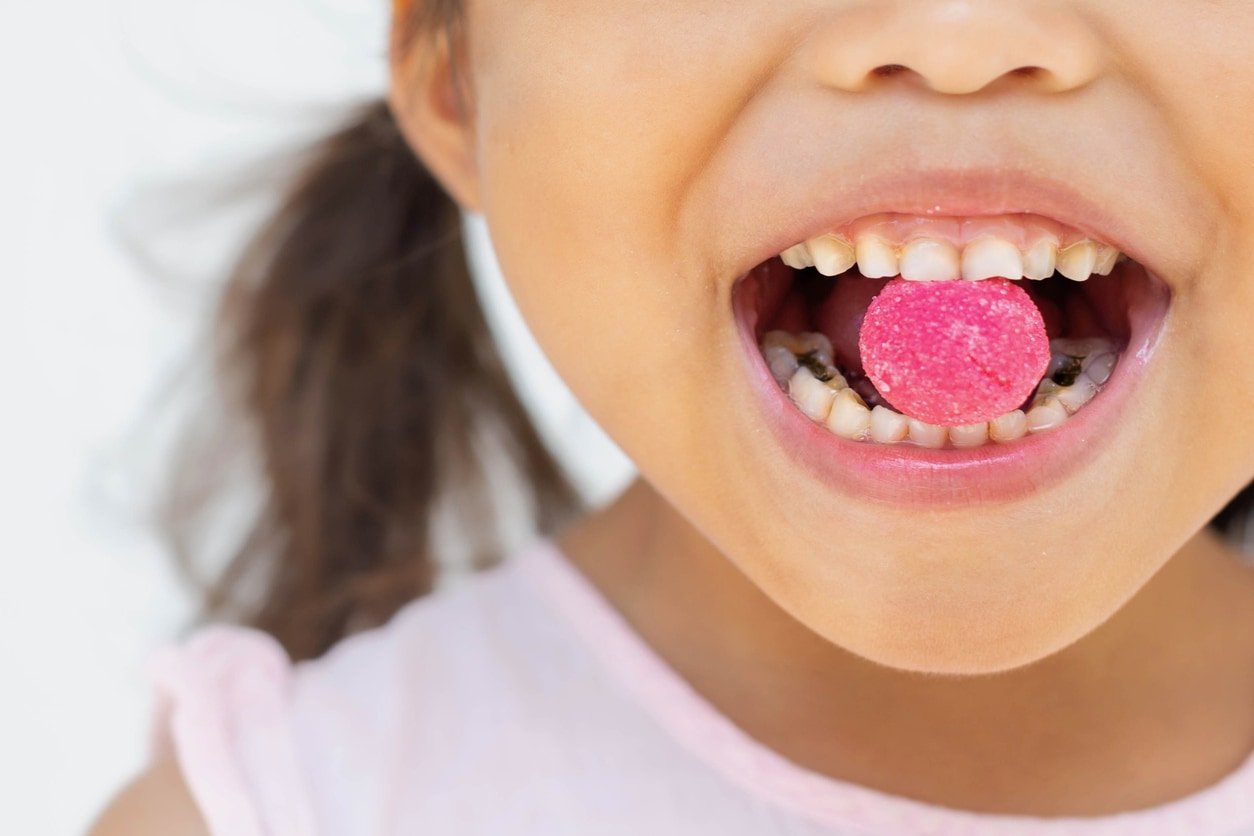







 PREGNANCY
PREGNANCY








 BABY CARE
BABY CARE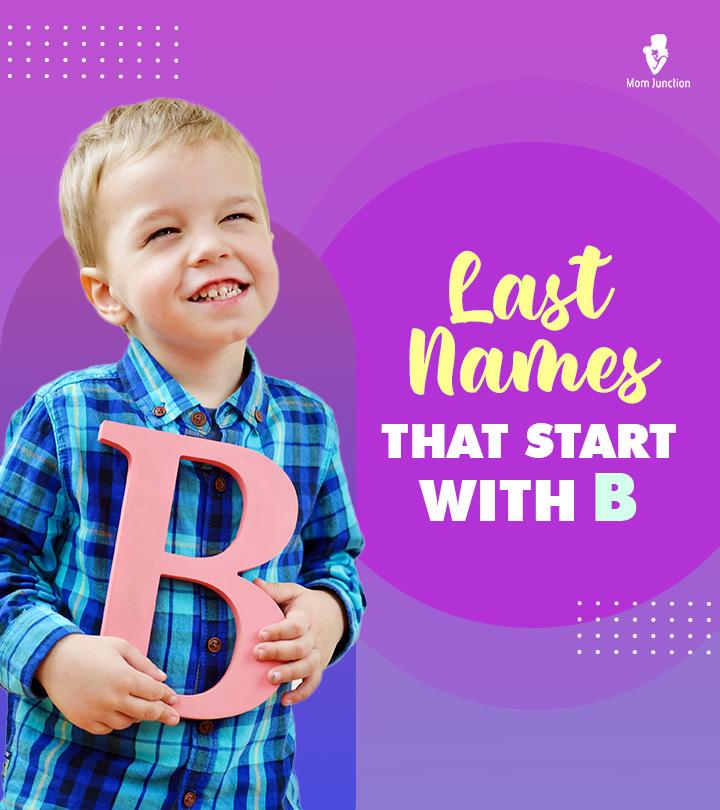

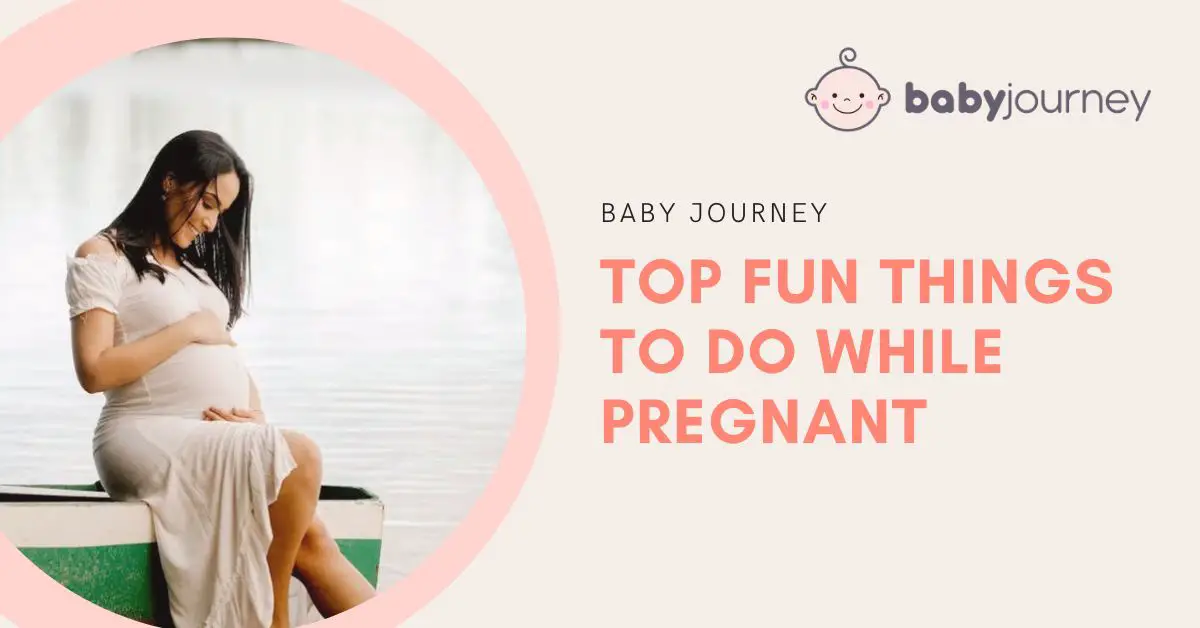
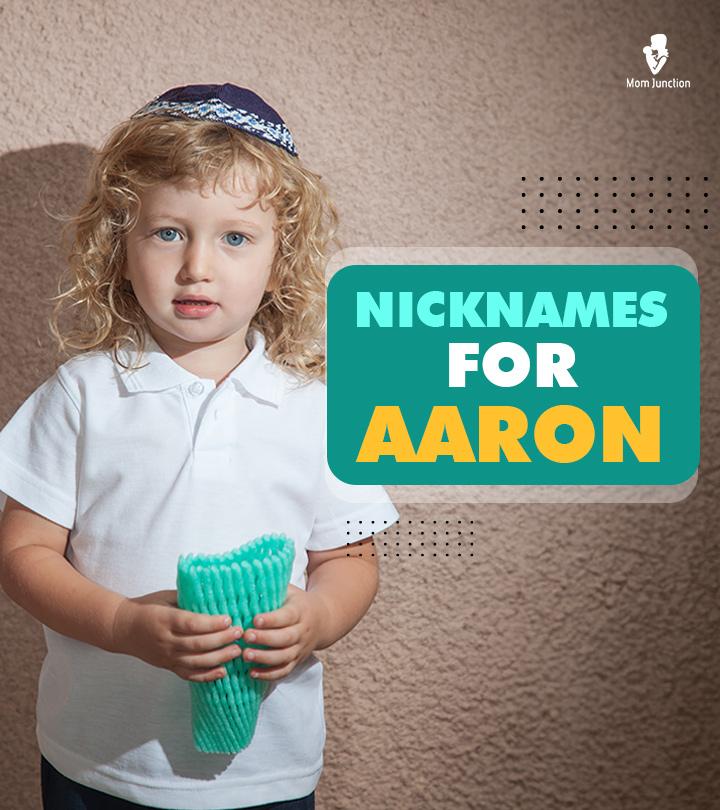

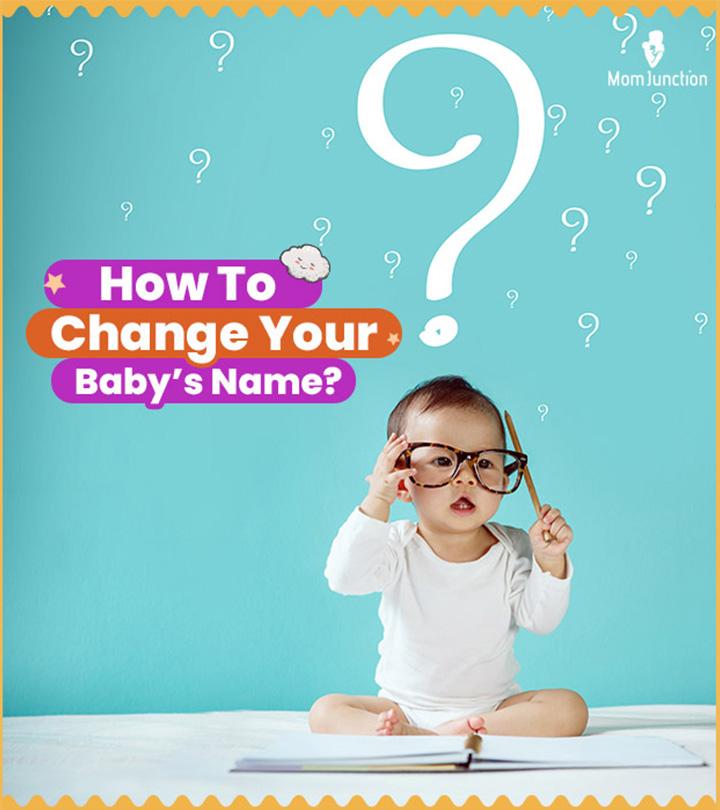

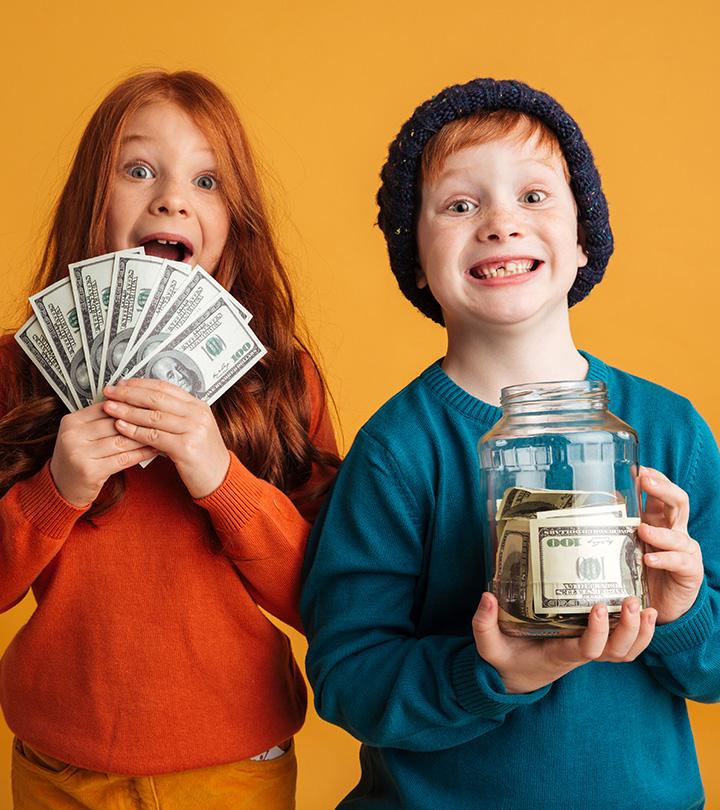
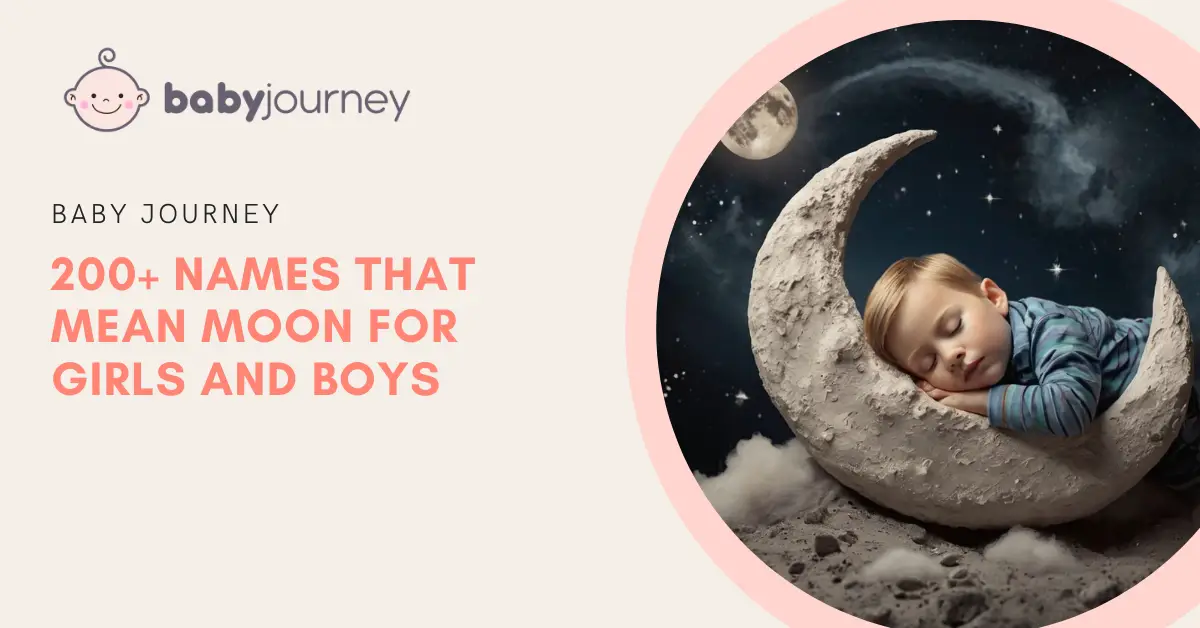
 TODDLERS
TODDLERS








 TEENS
TEENS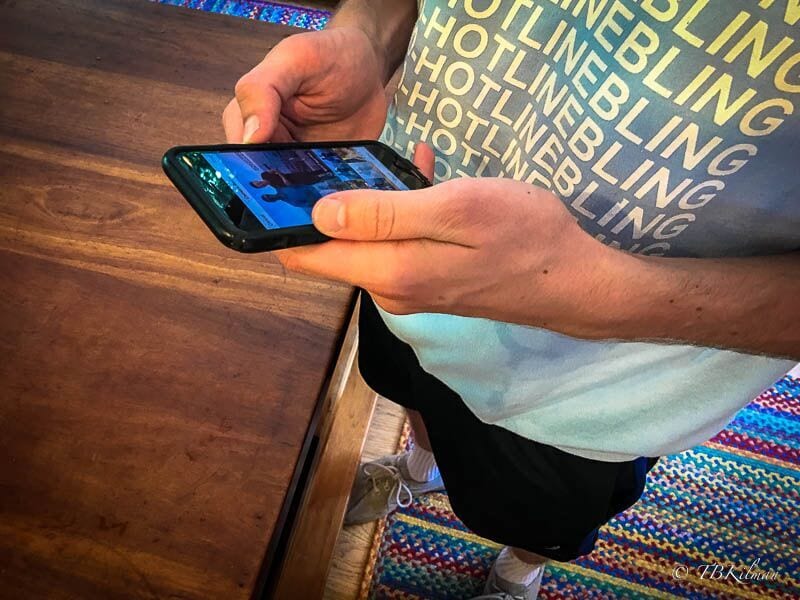






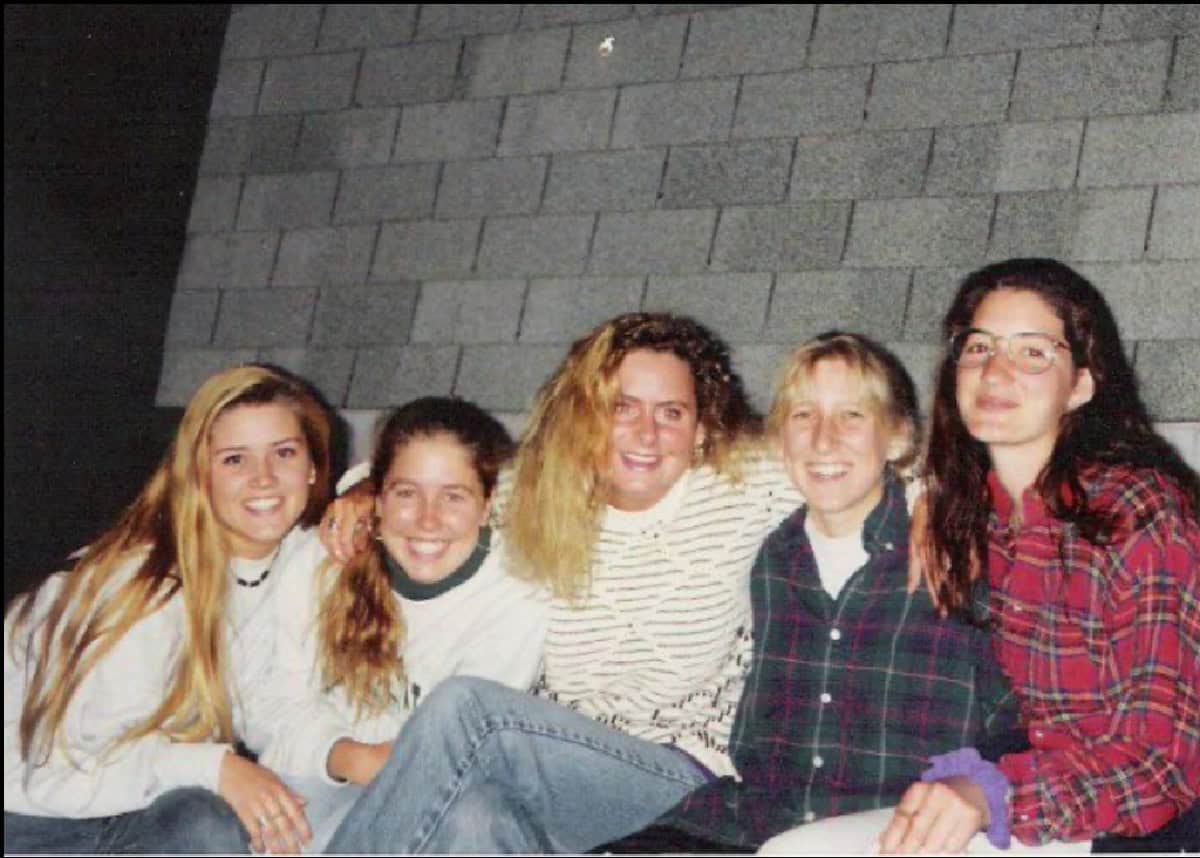

 HEALTH CARE
HEALTH CARE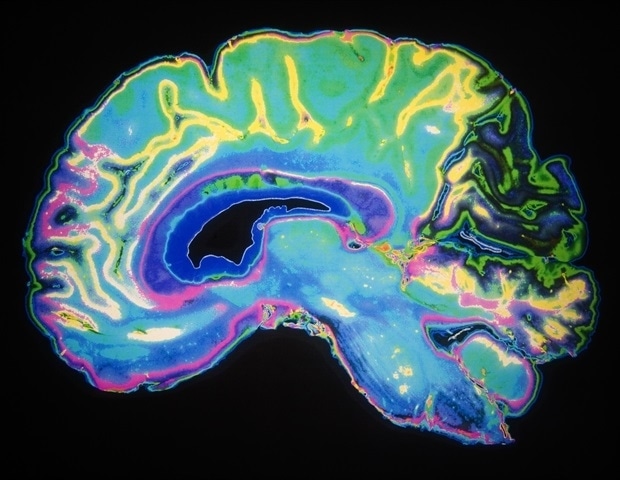

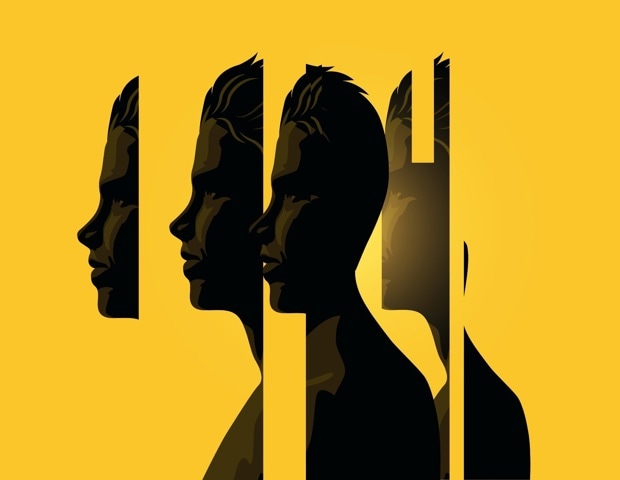
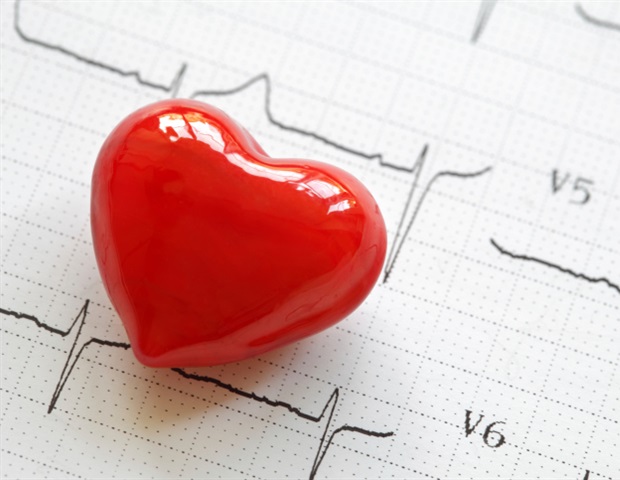
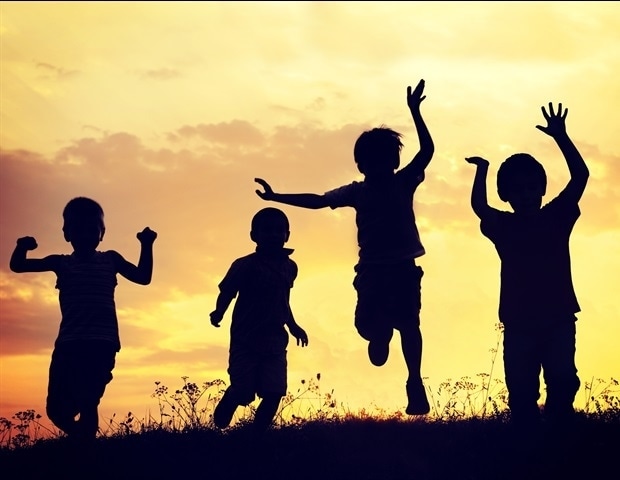



 ACTIVITIES & CRAFTS
ACTIVITIES & CRAFTS








 CONTACT
CONTACT ABOUT
ABOUT